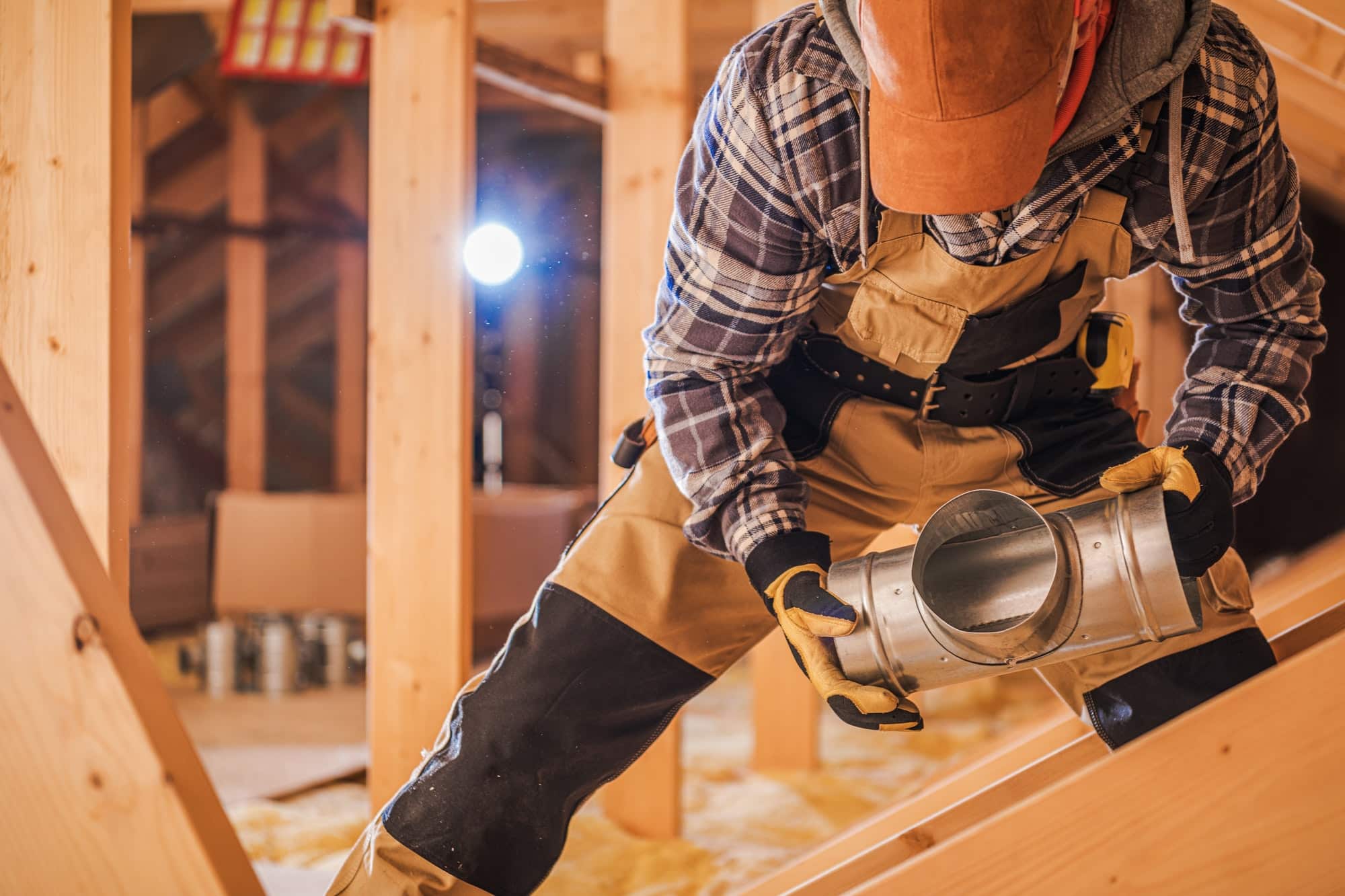How to Maximize Natural Ventilation in a Mid-Terrace Victorian Home?

For the dwellers of mid-terrace Victorian homes, the quest to achieve a perfect balance between retaining the charming historical aura and introducing modern comforts can sometimes be challenging. But don’t worry — we are here to help you. This article will guide you on how to maximize natural ventilation in your home, while retaining its original design.
Understanding the Basics of Natural Ventilation
Before discussing the specific ways to maximize natural ventilation, it is crucial to understand what it actually means. Natural ventilation refers to the process in which fresh outdoor air is introduced into the living space, to replace stale indoor air. This process depends on natural forces like wind and thermal buoyancy.
A lire aussi : How Can You Create a Safe and Fun Indoor Climbing Wall for Kids?
The beauty of Victorian homes lies in their intricate architectural features. However, some of these design elements can hinder proper airflow. That’s why in planning for natural ventilation, you must remember that it is a science as much as it is an art. You have to thoroughly analyze your home’s layout to plan the most effective airflow path.
Strategic Window Placement and Design
Windows play a crucial role in ventilating your home. By cleverly planning their placement and design, one can significantly improve air circulation. Mid-terrace Victorian homes are typically characterized by bay windows, sash windows, and French doors. While these traditional window styles add character to your home, they may not necessarily optimize air flow.
Sujet a lire : What Are the Best Customizable Shelving Systems for an Expansive Personal Library?
To enhance natural ventilation, consider adding clerestory windows – these are high, narrow windows near the roof. Their elevated position allows for hot air escape, creating a vacuum for cooler air. Pair these with operable lower windows where cooler air can enter, and you will have a well-ventilated home.
Another pro-tip: align windows on opposite walls. This creates a cross-ventilation effect, where air can move easily across the room. And remember, it’s not just about the number of windows, but also their size. Larger windows can facilitate better airflow.
Creating Open Spaces
The compartmentalized floor plan of Victorian homes can be a hindrance to effective airflow. To alleviate this, consider creating open spaces. By opening up the rooms, you can create an uninterrupted air path, allowing it to flow freely throughout your home.
Design open-plan living areas by removing non-structural walls. For instance, you can merge your living room and kitchen to create one large space. And if you’re worried about losing the traditional appeal of separate rooms, consider using visual cues like different wall colors or floor finishes to distinguish the spaces.
Insulation and Building Material
While Victorian homes might be charming, their building materials often lack the insulation standards of today. Poor insulation can lead to heat loss during winters and heat gain during summers, making natural ventilation less effective.
Therefore, consider retrofitting your Victorian home with modern insulation materials. For instance, using double-glazed windows can drastically reduce heat transfer. Similarly, insulating your attic and walls can help maintain indoor temperatures, enhancing the effectiveness of natural ventilation.
Incorporating Green Design Elements
Lastly, one cannot ignore the role of green design elements in enhancing natural ventilation. For instance, plantings can assist in directing air flow and providing shade, thereby lowering the indoor temperature. A well-placed tree can block summer sunlight but allow winter light, optimizing your home’s comfort throughout the year.
Similarly, consider building green roofs or walls. These not only improve air quality by filtering pollutants but also provide thermal insulation.
In summary, maximizing natural ventilation in your mid-terrace Victorian home requires a combination of strategic planning and design changes. It’s about understanding your home’s unique attributes and working with them to create an airy, comfortable living space.
Integrating Natural Light Alongside Ventilation
Natural light and ventilation go hand-in-hand when designing a well-ventilated home. For a mid-terraced Victorian home, maximising the use of natural light can enhance the effectiveness of your ventilation strategies.
Firstly, consider the design of your house plans. In a Victorian terrace, there may be limited opportunities to introduce large windows due to the close proximity of neighbouring properties. However, there are still ways to maximise natural light. Skylights and sun tunnels are excellent ways to bring light into the core of your home, illuminating spaces which previously relied on artificial lighting.
Another option is a loft conversion. Loft conversions can be an excellent way to introduce light and fresh air into your home. By adding dormer windows or rooflights, you can drastically increase the amount of natural light in your home, while improving ventilation. However, it’s crucial to note that doing significant structural changes like a loft conversion often requires planning permission.
In your living room, consider using mirrors and reflective surfaces to bounce light around the room. This can help to spread light evenly throughout the room, making it feel brighter and more spacious.
Lastly, use light, neutral colours for your walls and ceiling. Dark colours absorb light, making a room feel smaller and more enclosed. Light colours, on the other hand, reflect light and enhance the feeling of open space.
Loft Conversions and Heat Recovery Systems
Now that we’ve discussed the role of natural light and loft conversions in promoting natural ventilation, let’s delve into the topic of heat recovery. A heat recovery system is a crucial element in maintaining the balance between ventilation and thermal comfort in your home build.
Heat recovery systems work by extracting the heat from the stale air being vented out of your home and using it to pre-heat the fresh air coming in. This system is particularly beneficial in colder months when you want to keep your home warm without compromising on the quality of indoor air.
In a Victorian terrace house, the loft is often a significant source of heat loss. A loft conversion, coupled with a heat recovery system, can help to keep this heat within your home, improving energy efficiency and comfort.
While planning a loft conversion, be mindful of the insulation. Good loft insulation not only retains heat but also aids in reducing unwanted noise. Thus, combining loft conversions with heat recovery systems can considerably improve the overall comfort and efficiency of your home.
Conclusion
Creating a dream home in a mid-terrace Victorian property doesn’t have to be a compromise between maintaining the historical charm and ensuring modern comforts. With strategic planning and clever design ideas, you can optimize natural ventilation and light in your home, creating a space that is both comfortable and energy-efficient.
Remember, it’s not just about integrating individual elements like large windows, open floor plans, or loft conversions. It’s about understanding how these elements work together to create a cohesive, ventilated, and well-lit living space.
By following the steps outlined in this article, you can transform your single unit Victorian terrace into a home that breathes, one that provides fresh air and natural light in abundance. Whether you’re retrofitting or planning a new home build, these tips will help you maximize natural ventilation and make your dream home a reality.
